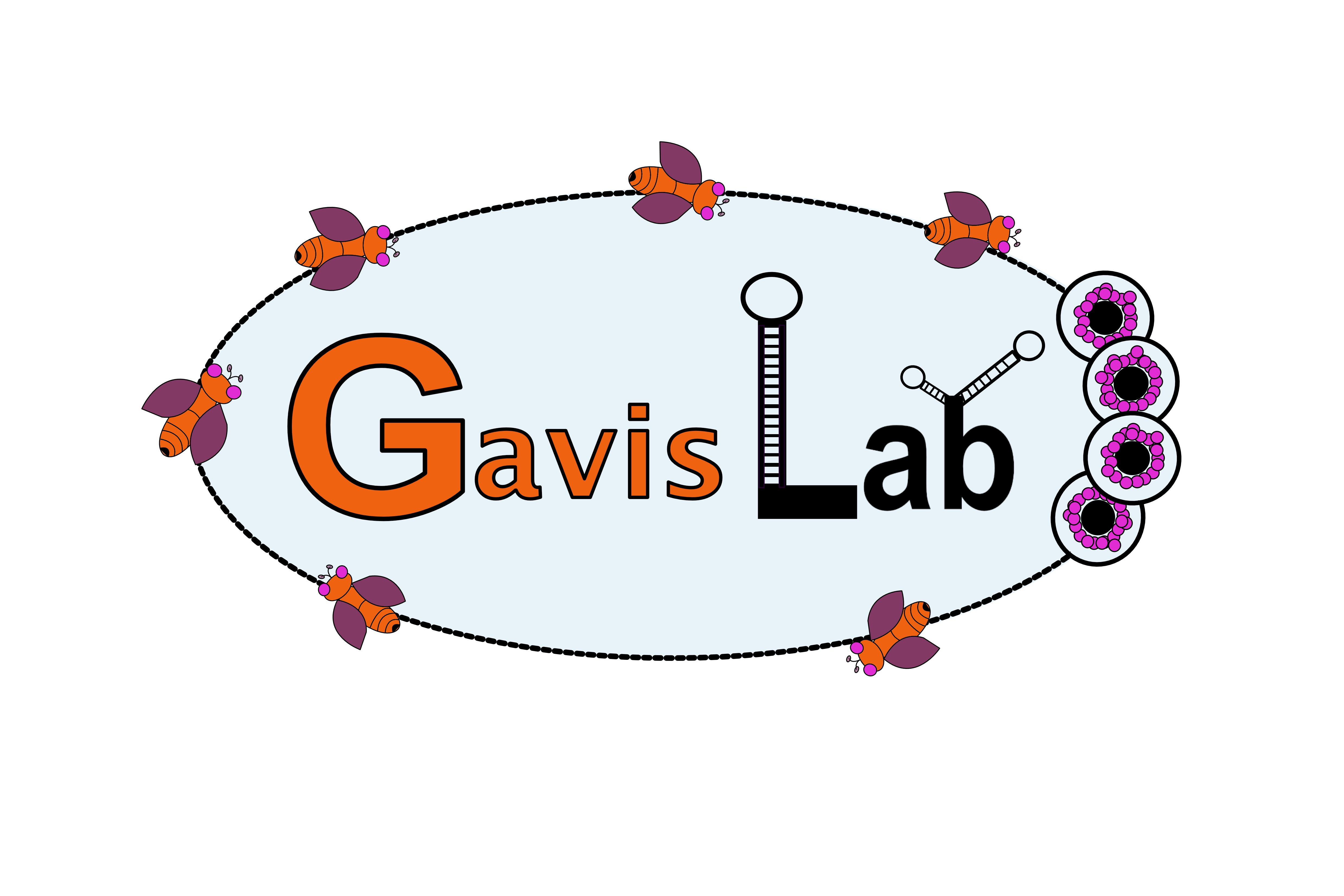
Changes in bicoid mRNA anchoring highlight conserved mechanisms during the oocyte-to-embryo transition.
Type
Intracellular mRNA localization directs protein synthesis to particular subcellular domains to establish embryonic polarity in a variety of organisms. In Drosophila, bicoid (bcd) mRNA is prelocalized at the oocyte anterior. After fertilization, translation of this RNA produces a Bcd protein gradient that determines anterior cell fates [1] and [2]. Analysis of bcd mRNA during late stages of oogenesis suggested a model for steady-state bcd localization by continual active transport [3]. However, this mechanism cannot explain maintenance of bcd localization throughout the end of oogenesis, when microtubules disassemble in preparation for embryogenesis [4] and [5], or retention of bcd at the anterior in mature oocytes, which can remain dormant for weeks before fertilization [6]. Here, we elucidate the path and mechanism of sustained bcd mRNA transport by direct observation of bcd RNA particle translocation in living oocytes. We show that bcd mRNA shifts from continuous active transport to stable actin-dependent anchoring at the end of oogenesis. Egg activation triggers bcd release from the anterior cortex for proper deployment in the embryo, probably through reorganization of the actin cytoskeleton. These findings uncover a surprising parallel between flies and frogs, as cortically tethered Xenopus Vg1 mRNA undergoes a similar redistribution during oocyte maturation [7]. Our results thus highlight a conserved mechanism for regulating mRNA anchoring and redeployment during the oocyte-to-embryo transition.

